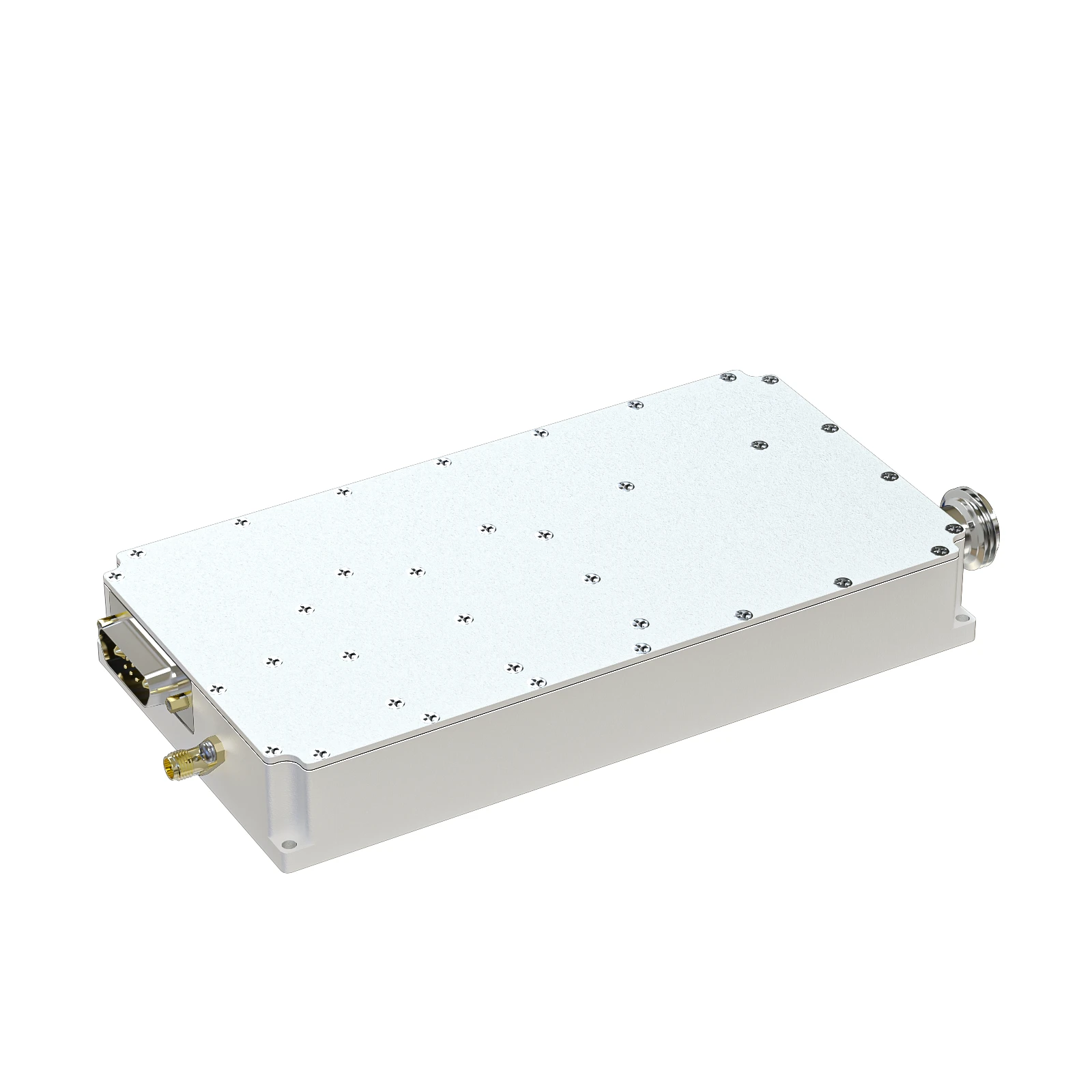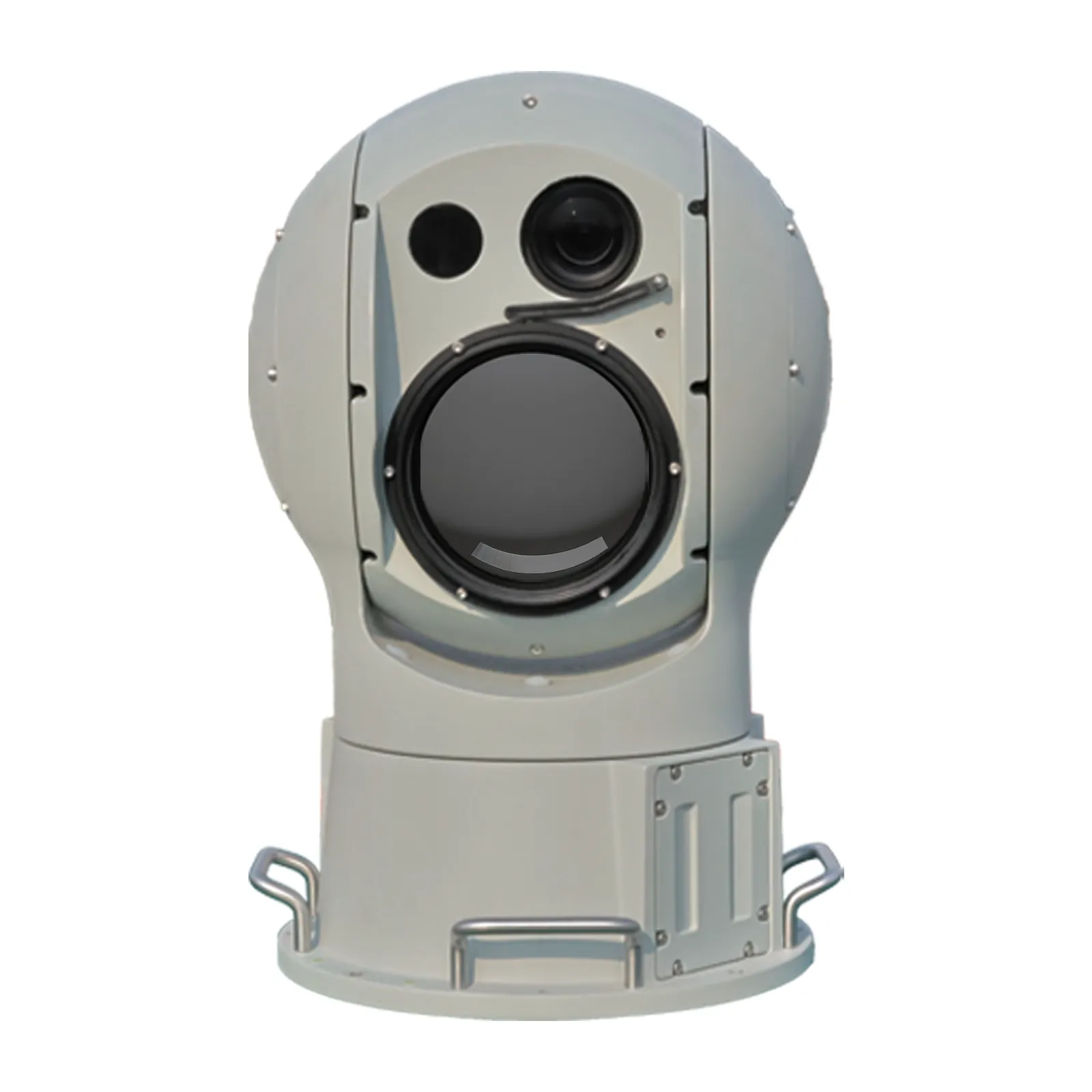2.4GHz RC Transmitter Receiver Module Long-Range Wireless Control
- Fundamentals of wireless control systems
- Technical specifications breakdown
- Manufacturer performance comparison
- Customization options overview
- Industrial application case studies
- Installation best practices
- Future development trends

(rc transmitter and receiver module)
Understanding RC Transmitter and Receiver Module Fundamentals
Remote control systems fundamentally consist of paired transmitter and receiver modules that establish wireless communication through radio waves. Modern 2.4 GHz RF transmitter and receiver modules operate within the globally unlicensed ISM band, utilizing frequency-hopping spread spectrum technology to prevent interference. These components form the backbone of countless wireless applications, translating user inputs into precise electrical signals across distances up to 1200 meters in open spaces.
Critical specifications include modulation types (FSK, GFSK), operational voltage ranges (3-12V DC), and antenna configurations. Transmission protocols vary from basic analog systems to sophisticated digital solutions featuring AES-128 encryption. Proper impedance matching between transmitter and receiver units ensures minimal packet loss, typically below 0.01% in optimal conditions. For robust performance, environmental factors like RF noise floors and physical obstructions must be evaluated during system planning.
Technical Specifications Deep Analysis
Contemporary RF modules exhibit significant technical advancements over earlier generations. Modern 2.4 GHz systems achieve data rates between 1-2 Mbps with latency reduced to 1-3 milliseconds, enabling real-time control applications. Enhanced sensitivity receivers (-112 dBm typ.) coupled with programmable transmission power (0-20 dBm) allow dynamic adjustment based on range requirements.
Power efficiency has dramatically improved, with standby currents as low as 1µA and active receive currents below 18mA. Error detection mechanisms like CRC-16 checksum and automatic repeat request protocols ensure data integrity in noisy environments. Advanced frequency synthesis technology maintains signal stability even with voltage fluctuations of ±10%, while temperature compensation circuits guarantee consistent operation between -40°C to +85°C.
Manufacturer Performance Comparison
| Manufacturer | Max Range (m) | Data Rate (kbps) | Current Draw (mA) | Error Rate (%) | Temp Range (°C) |
|---|---|---|---|---|---|
| TI CC2650 | 1200 | 2000 | 6.1 | 0.001 | -40 to 105 |
| NRF24L01+ | 800 | 2000 | 12.3 | 0.003 | -20 to 70 |
| RFM69HCW | 900 | 300 | 16.5 | 0.002 | -40 to 85 |
| Semtech SX1276 | 1500 | 37 | 11.3 | 0.001 | -40 to 85 |
The Texas Instruments series demonstrates superior power efficiency for battery-operated applications, while Semtech offers exceptional range capabilities. Nordic Semiconductor balances performance with cost-effectiveness for mid-range requirements. Environmental adaptability and certification compliance vary significantly, with industrial-grade modules featuring extended temperature tolerance and EMI hardening.
Customization Engineering Solutions
Standard off-the-shelf products address approximately 65% of industrial requirements; specialized applications demand tailored solutions. Common modifications include FCC/CE certified variants with specific channel allocations, custom antenna configurations, and protocol conversions for legacy systems. Embedded encryption can be implemented using 128-bit or 256-bit AES algorithms based on security requirements.
Power management adaptations include solar harvesting circuits, ultra-low power sleep modes below 0.5µA, and dynamic power scaling. Mechanical customizations range from conformal coating for moisture resistance to specialized housings mitigating RF interference. Production lead times for custom designs average 8-12 weeks, with minimum order quantities typically starting at 1000 units for economical viability.
Industrial Implementation Case Studies
A manufacturing facility retrofitted existing machinery with 2.4 GHz industrial control systems, achieving 99.97% signal reliability across 300-meter factory floors. The project eliminated 4.7km of cabling, reducing maintenance costs by 35% annually. Agricultural monitoring systems deployed in Brazil's coffee plantations utilized solar-powered transmitters that maintained connectivity despite heavy canopy interference, transmitting sensor data with 98.4% success rates.
Underground mining operations employed hardened receiver modules operating in -20°C conditions with dust protection ratings of IP67. Each module managed communication with 23 separate sensors, enabling real-time environmental monitoring across 80-acre sites. Signal repeaters extended effective range to 3.2km through rock strata without exceeding 3ms latency constraints.
Integration Methodology and Best Practices
Successful integration begins with spectrum analysis to identify congested frequencies. Implementation phases should include transmission power calibration, optimized antenna orientation (quarter-wave vertical placement), and comprehensive packet error rate testing. Data suggests implementing antenna diversity techniques improves reception reliability by 42% in complex RF environments.
Critical implementation checks include voltage stabilization circuits (ripple below 50mV), proper impedance matching (50Ω), and verifying harmonic emissions compliance. Installation protocols must maintain minimum 12cm clearance from metal obstructions and avoid parallel routing with power cables. Documentation strategies should encompass signal mapping diagrams and establish baseline performance metrics for troubleshooting.
Evolution of 2.4 GHz RF Technology
The future development of rc transmitter and receiver module
technology focuses on IoT integration through protocols like Bluetooth 5.2 Mesh and Matter standards. Emerging trends include hybrid systems combining 2.4 GHz primary channels with sub-GHz backup frequencies to ensure uninterrupted control. AI-enhanced spectrum management enables autonomous channel optimization, reducing interference by dynamically adjusting operating frequencies.
Power efficiency innovations aim to extend battery life beyond 10 years through adaptive transmission algorithms. Global harmonization efforts seek to standardize regulatory approvals across major markets, potentially reducing certification timelines by 60%. As demand increases across industrial and consumer sectors, high-performance receiver and transmitter module costs are projected to decrease approximately 15% annually through manufacturing optimizations while maintaining reliability standards.

(rc transmitter and receiver module)
FAQS on rc transmitter and receiver module
Q: How do I pair an RC transmitter and receiver module?
A: Power on both the transmitter and receiver simultaneously to initiate binding. Press any bind button if available; the modules automatically sync. They operate within seconds at short range.
Q: What is the range of a 2.4 GHz RF transmitter and receiver?
A: In open areas, it achieves 100-200 meters line-of-sight distance. Walls or obstacles can halve the range. Use high-gain antennas for extended coverage.
Q: Are RC transmitter and receiver modules compatible across brands?
A: Not universally; use same-manufacturer pairs to ensure protocol matching. Check for shared frequencies like 2.4 GHz. Mixing brands risks signal conflicts or failures.
Q: Why does my receiver and transmitter module lose signal intermittently?
A: It may stem from low batteries, weak connections, or interference from other 2.4 GHz devices. Relocate modules away from Wi-Fi routers. Replace power sources to stabilize performance.
Q: How to extend the battery life of a 2.4 GHz RF transmitter?
A: Use low-power modes or sleep settings when idle. Choose efficient power sources like LiPo batteries. Reduce transmission strength for non-critical operations.
-
09 March 2021 07 Jul 2025
-
09 March 2021 07 Jul 2025
-
09 March 2021 07 Jul 2025
-
09 March 2021 07 Jul 2025
-
09 March 2021 07 Jul 2025
-
09 March 2021 21 May 2025
-
09 March 2021 25 Dec 2024
-
09 March 2021 14 Oct 2022
-
09 March 2021 25 Dec 2024














